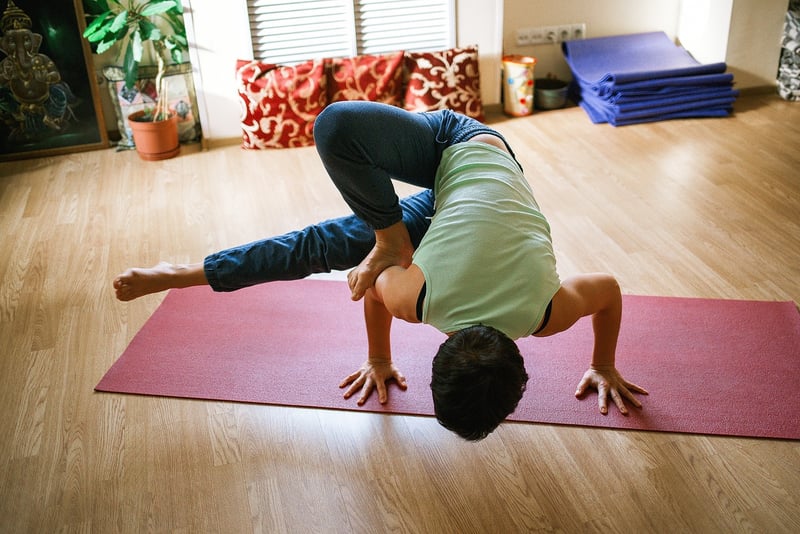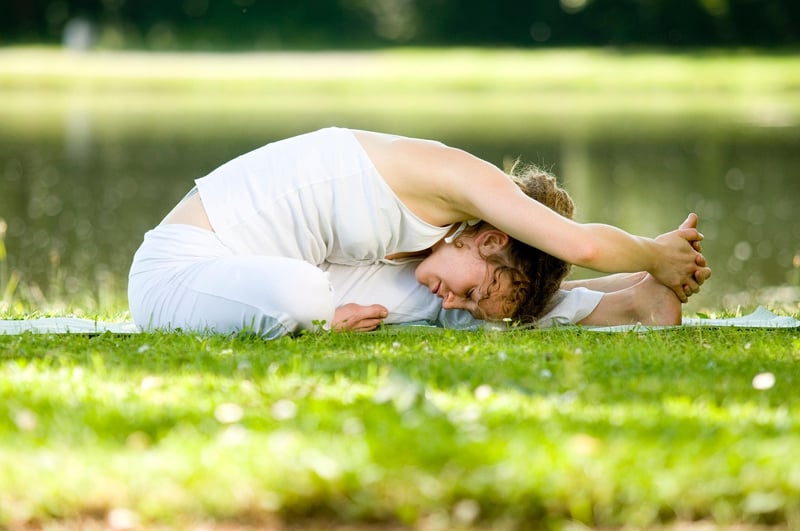Pranayama Practice
Techniques for Conscious Breathing + Pranayama Practice
Welcome to our guide on conscious breathing techniques and the practice of Pranayama. In this article, we will explore the benefits of conscious breathing, various techniques you can use to enhance your breathing practice, and how Pranayama can deepen your connection to your breath and overall well-being.
The Importance of Conscious Breathing
Conscious breathing involves being aware of your breath and using it intentionally to improve your physical, mental, and emotional health. By focusing on your breath, you can reduce stress, increase oxygen flow to your brain, and cultivate a sense of calm and relaxation.
Techniques for Conscious Breathing
- Deep Abdominal Breathing: Place one hand on your chest and the other on your abdomen. Inhale deeply through your nose, allowing your abdomen to rise as you fill your lungs with air. Exhale slowly through your mouth, feeling your abdomen fall.
- 4-7-8 Breathing: Inhale for a count of 4, hold your breath for a count of 7, and exhale for a count of 8. This technique can help reduce anxiety and promote relaxation.
- Nadi Shodhana (Alternate Nostril Breathing): Close your right nostril with your right thumb and inhale through your left nostril. Close your left nostril with your ring finger, release your right nostril, and exhale through the right nostril. Repeat on the other side.
Pranayama Practice
Pranayama is the practice of breath control in yoga. It involves various breathing techniques that can have profound effects on your physical and mental well-being. Some common Pranayama techniques include:
- Ujjayi Breath: Also known as "Victorious Breath," this technique involves breathing in and out through your nose while slightly constricting the back of your throat to create an oceanic sound.
- Kapalabhati: This breathing technique involves short, powerful exhales and passive inhales. It helps to cleanse the respiratory system and energize the body.
- Bhastrika: Known as "Bellows Breath," this technique involves rapid and forceful inhales and exhales through the nose. It can increase energy levels and improve mental clarity.
Practicing Pranayama regularly can help you develop a deeper connection to your breath, increase your lung capacity, and promote relaxation and focus.
Conclusion
Conscious breathing and Pranayama offer powerful tools for improving your overall well-being. By incorporating these techniques into your daily routine, you can experience reduced stress, improved mental clarity, and a greater sense of calm and balance in your life. Take the time to explore different breathing practices and find what works best for you.
Remember, the breath is a powerful tool that can help you navigate life's challenges with grace and ease. Embrace the practice of conscious breathing and Pranayama to enrich your mind, body, and spirit.


Start your journey to a healthier and more balanced life today through the power of conscious breathing and Pranayama!
